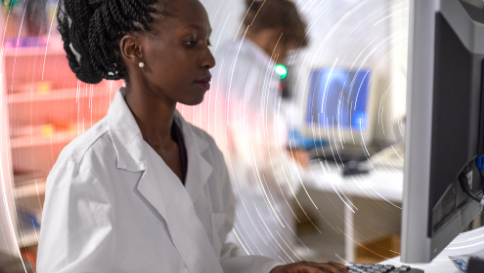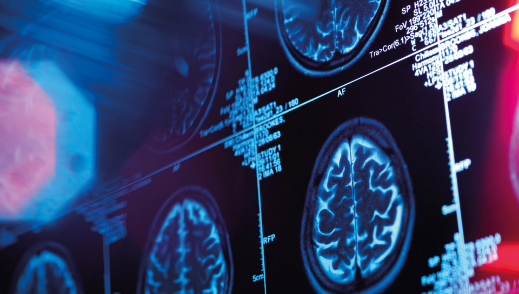Blackford Analysis
In recent years, topics such as artificial intelligence (AI), machine learning and other intelligent image processing technologies have been a major theme at radiology conferences across the world. Many keynotes and presentations have focussed on the benefits of innovative medical imaging products or the algorithms themselves. But most have yet to address how these innovative approaches would be integrated into radiology workflows in practice. The simple fact is that deploying just one algorithmic product – AI or otherwise – at a single facility is extremely time-consuming for PACS administrators and IT departments, and then configuring this to fit a standard workflow takes even more time. Then imagine doing this for multiple solutions, and it quickly becomes clear why many innovative new technologies are not being deployed outside of major academic facilities with significant resources.
Barriers to new technology deployment The reasons for the complexity of deployment are wide and varied. There are typically multiple PACS vendors in a single hospital and not all DICOM SOP classes are supported by all PACS and image viewers. There is also the impact on the PACS administrator to consider – their time is at a premium, so any integration of a new DICOM node or service must minimize the time burden on admins. And then there is the potential impact on performance – deployment of new technology must deliver results but not interrupt core PACS functions. And these are just the technological challenges. When the time comes to consider the workflow integration, additional questions must be answered, such as:

- Is the data where it needs to be? Outputs must be integrated into a standard reading workflow, most likely in PACS, to avoid breaking the flow of work by requiring a change to separate workstation.
- Is the data available at the time when it is needed? Results need to be made available to a radiologist before they read the study.
- Is the information relevant? The most relevant algorithms need to be applied to the right data automatically, so the data has the right technology applied to it before the radiologist reads the exam.
- What is the impact on the hospital’s infrastructure? It’s no use if the value provided by the algorithm requires so much data it strains or even takes down the PACS.












